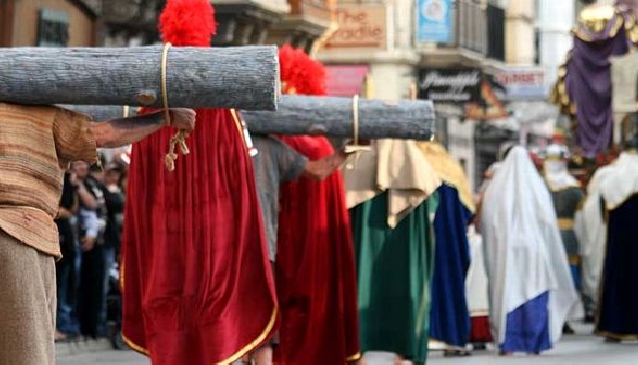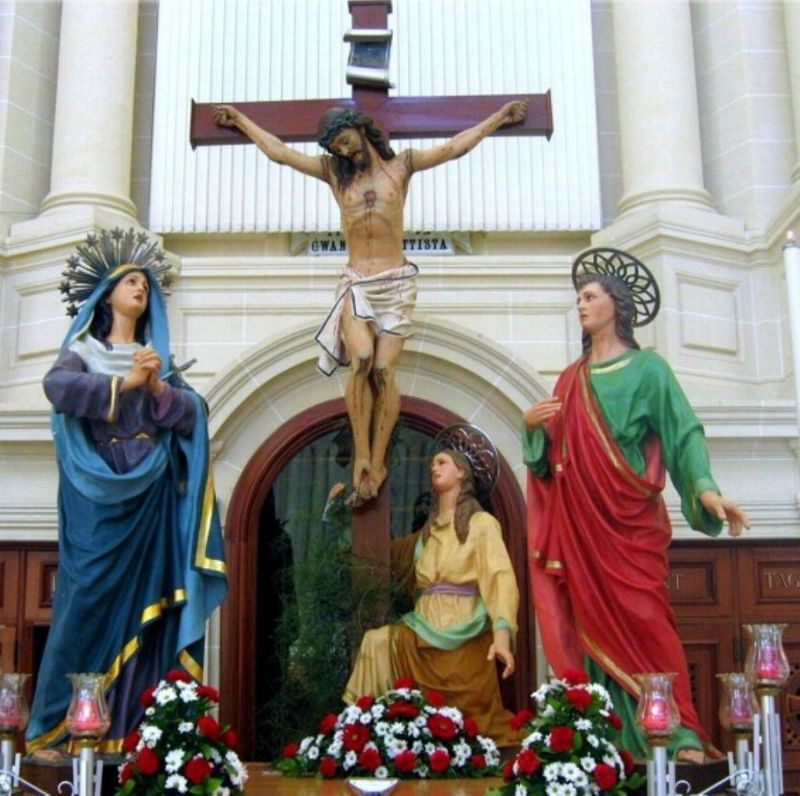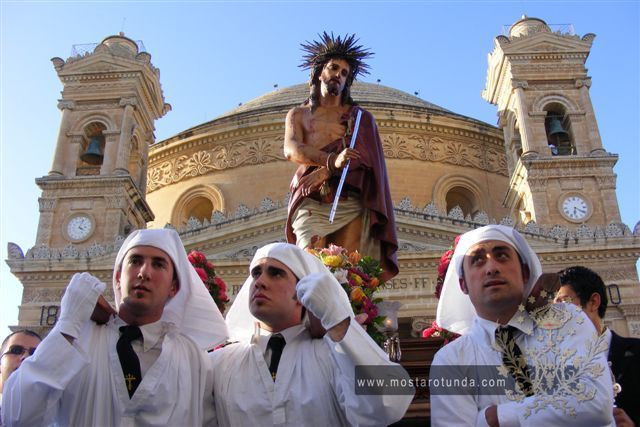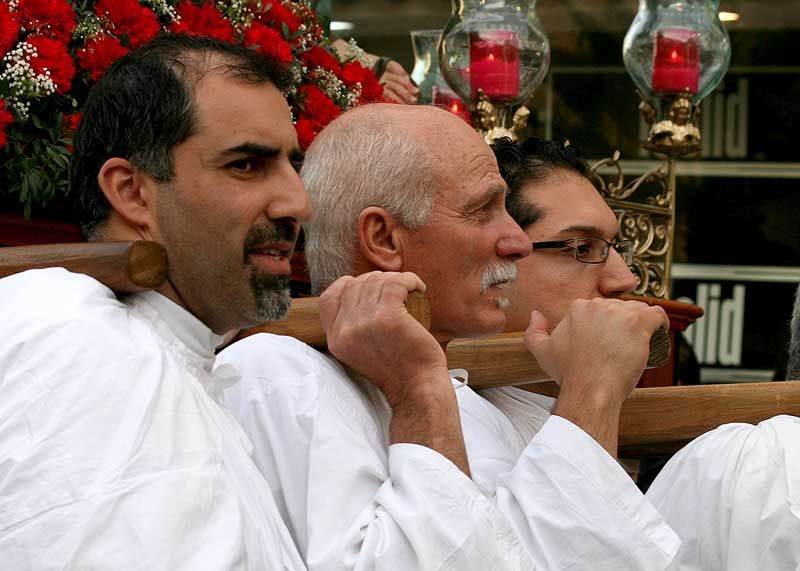Dedication & devotion to move you...

The crowd of Christian devotees, the ominous funeral marches played by live brass bands, the elaborate costumes and the detailed statues depicting the Passion and Death of Jesus Christ... there is nothing that quite compares to the deep experience of attending a Good Friday procession in Malta and Gozo.
Good Friday is a religious occasion observed by Christians to commemorate the crucifixion of Jesus Christ on the Friday preceding Easter Sunday. The Maltese Islands are predominantly Roman Catholic, and the Good Friday Procession remains to this day a genuine, voluntary, devotional tradition, the likes of which can only be seen in Italy, Spain, Puerto Rico and the Philippines, and it is one of the top events in Malta to experience.

Good Friday in Malta
Easter in Gozo and Malta is a grand event. On Good Friday, everything stops. It is a public holiday, all businesses are closed and the passage of traffic is diverted away from most town centres to make way for the grand procession.
Join the thousands of onlookers that line the roads from the front of the church all the way along the passage of the pageant. The band players lead the way, progressing inch by inch, setting the mood of gloom with their music. Boys and men, dressed in the attire of shepherds, peasants, and Roman soldiers, follow, holding various reminders of the life and death of Jesus. Banners in Latin give messages to the devout Christian. And, one by one, several large, adorned statues pass by the stationary crowd.

Good Friday in Malta
The first statue, known as 'L-Ort,' which depicts Christ with an Angel holding a chalice and a cross, soon approaches. It passes by and attention is soon drawn to the second statue approaching, 'Il-Marbut,' which depicts Christ tied to a column. Traditionally, the set of Good Friday pageant statues consists of eight in particular, all named. However, over time, some villages included additional statues, some quite unique. The longest processions today are those of the villages of Qormi and Zejtun, each of which has twelve statues.
Let yourself be transported into the mood created by praying devotees and amazed tourists as the third statue, 'L-Ecce Homo,' depicting Christ wearing the crown of thorns, passes by. It is closely followed by 'Ir-Redentur,' which depicts Christ carrying the cross, and 'Il-Veronika,' with Veronica holding the cloth imprinted with the face of Jesus.
A female voice from the crowd is heard to say, “Oh! I believe that must be our Joe! I think I recognise his watch! Is that him?” and then muffled sobs follow the gasp. The voice is referring to the row of hooded men walking just ahead of the greatest statue of the procession. They are wearing white robes and pointy hoods with holes for the eyes, reminding one of the Ku Klux Klan. These persons, wishing to remain anonymous, are dragging long, heavy chains by their bare feet as a penance. The lady seems convinced that one of the party is a family member.
The rest of the crowd also gasps, at the sight of the sixth statue. It approaches very slowly, swaying from side to side as it weighs down on the sore shoulders of its carriers. Their faces wince visibly with the pain from the weight of the largest statue of them all, 'Il-Vara l-Kbira,' which depicts Christ on the cross, with his holy mother Mary, St John and Mary Magdalene. Carrying these statues during the procession, although certainly a huge sacrifice, is a great honour that these men would be ready to fight for, with tooth and claw.
By the time 'Il-Monument,' depicting Christ dead in the Urn approaches, hours have gone by. It is followed by the eight and final statue, 'Id-Duluri,' which depicts the holy Madonna's agony of separation, with St John and an angel.

Good Friday in Malta
Traditionally, in several villages around Malta and Gozo, 'Id-Duluri,' is also brought out on procession one week before Good Friday, marking the beginning of the Holy Week. On this occasion, which bears the same name, this lone statue is carried around the village followed by devotees chanting the rosary. In Malta, as in many Mediterranean cultures, the Madonna holds a special place in the hearts of the Catholics.
The first Good Friday processions began with only one statue, traditionally 'Il-Monument.' However, the oldest statue in Malta is 'Il-Marbut' from Rabat, which is over 400 years old and came from Italy.
Today, Good Friday processions are held in fourteen localities in Malta and seven in Gozo, each of which have their own set of statues. Each locality has its own special feature, for example, the statues of Birgu in Malta and of Victoria and Zebbug in Gozo are dressed in fabric clothing.
The dedication and devotion apparent in the Good Friday processions is moving even to the non-religious. This event has become an integral part of Maltese culture, one that seems most unlikely to die away in time.
The spirit of Good Friday remains solemn and grave, until Easter Sunday, when it is time to feastin celebration of the Risen Christ triumphant over death. It is traditional to celebrate with a sumptuous Easter Lunch in the company offamily members, for some after forty days of fasting. And then to part-take in morelocal customs associated with the glorious Easter Sunday....

Good Friday in Malta